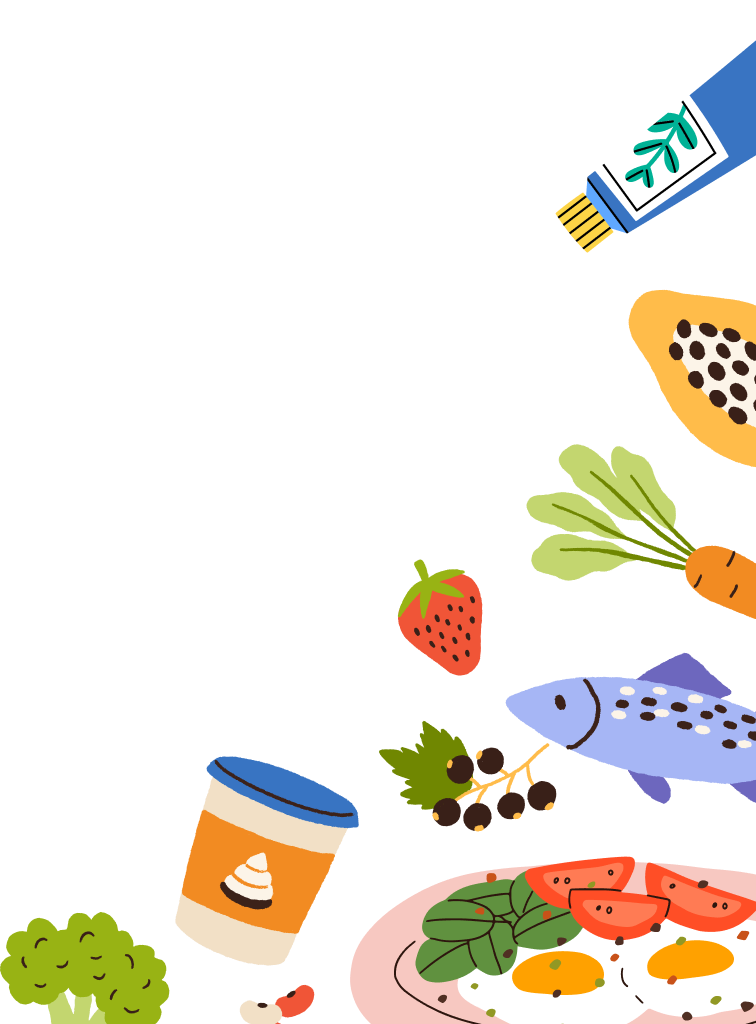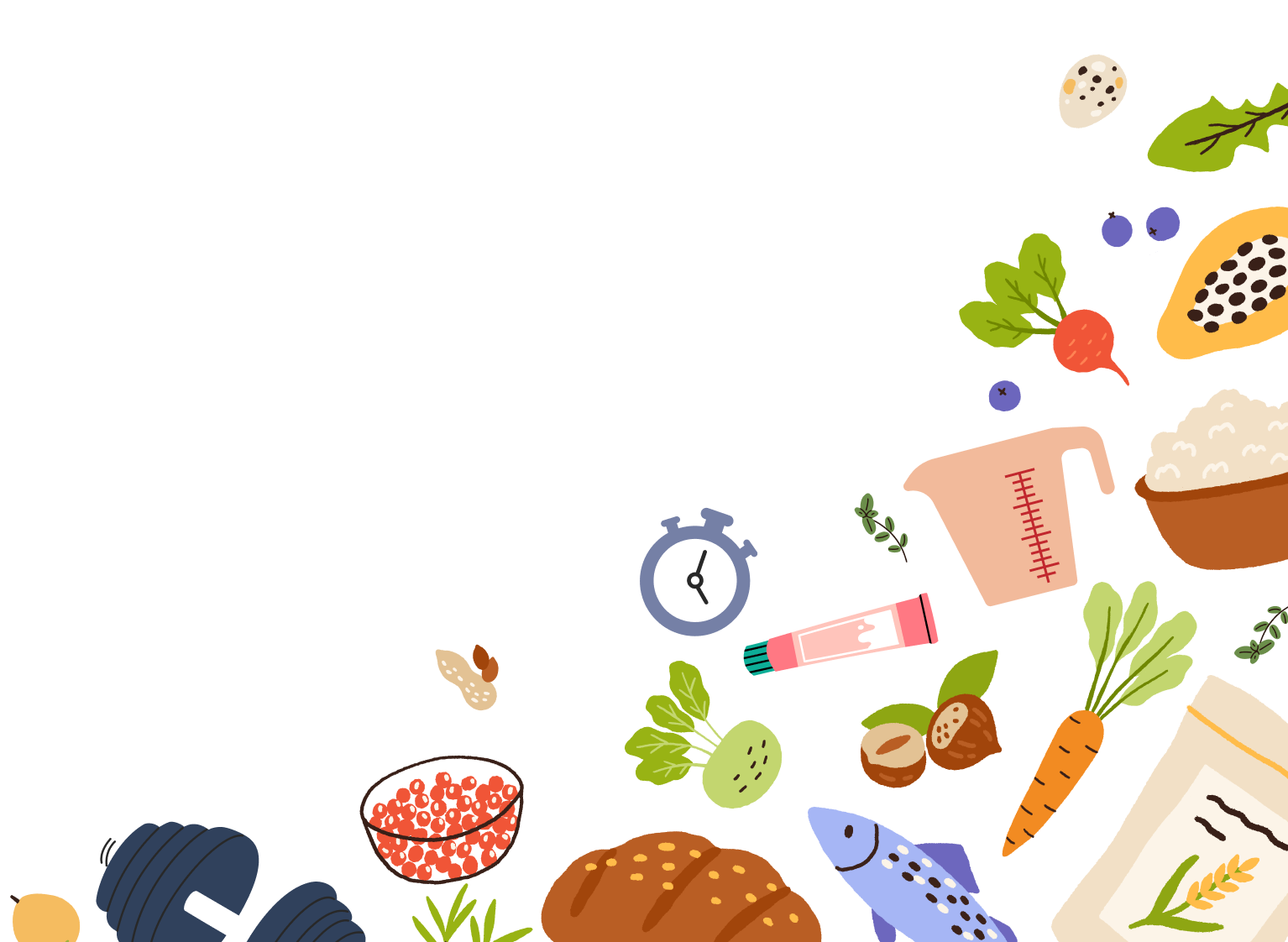The Fiber Gap: A Public Health Emergency
I am hardly an alarmist, but in my practice, I often ring the alarm bell when my patients’ diets are chronically low in fiber. Unfortunately, data tells us that this is more common than not. Astoundingly, only about 5% of the U.S. population meets the recommended intake of fiber for their age and population. According to the 2009-2010 National Health and Nutrition Examination Survey, the average daily intake of fiber is approximately 16 grams. To put that in perspective, the Dietary Guidelines for Americans recommends between 22-34g/day depending on age and sex.
So what’s so concerning about that? Insufficient fiber is linked to a wide range of diseases, including but not limited to colorectal cancer, irritable bowel syndrome, heart disease, Type 2 diabetes, and chronic constipation. Managing these diseases comes with the added burden of healthcare costs. According to an economic analysis, increasing fiber intake by a national average of 9g/day could save approximately $ 12.7 billion in constipation-related healthcare costs. Significant, indeed!
The Powerful Benefits of Fiber: Digestive Health and Beyond
You may be wondering, That’s great for the economy and all, but what’s the benefit for me?
-
Gut Health Champion: Fiber promotes bowel movement regularity and is also a source of prebiotics, which help to “feed” the beneficial probiotics in our gut microbiome. This helps prevent bloating and overall gastrointestinal discomfort.
-
Heart Health Hero: Fiber is an important nutrient for lowering LDL cholesterol. When LDL cholesterol gets too high, it can develop into atherosclerosis and eventually a heart attack or stroke.
-
Blood Sugar Regulator: Fiber helps slow the conversion of food into glucose, ultimately stabilizing blood glucose levels. Fiber is a crucial component of diabetes management.
-
Weight Management Ally: Fiber helps keep us full and satiated at meal and snack times. This acts as a natural “portion control” tactic. When we are more satiated, we are less likely to overeat.
-
Cancer Prevention: A higher fiber diet is associated with a lower risk of certain types of cancer. With rising cancer rates, we must be on the offense when it comes to prevention and not just the defense!
Bridging the Fiber Gap: Practical Strategies for Individuals
Just like with my patients, I never like to make a sweeping suggestion without providing practical advice on how to do it. Here are my top 3 tips for increasing fiber:
1) Prioritize produce. Fruits and vegetables contain fiber. Those that have edible skin, seeds, or hulls will contain the most fiber. Aim for a minimum of 2.5 cups of fresh or frozen produce a day for the most fiber bang for your buck.
2) Choose whole food snacks over processed snacks. Take a look at your typical snack choices. You may be surprised to find that your usual chips, crackers, and granola bars are relatively low in fiber. Instead, swap them out for high fiber plant foods. Examples include popcorn, roasted chickpeas, edamame, or trail mixes.
3) Utilize the nutrition facts label. This will always include the amount of fiber per serving. To help put the amount in perspective, 0-2g of fiber is considered low fiber, whereas 3-4g is moderate. Anything with five or more grams of fiber per serving is considered high in fiber.
Addressing the Fiber Crisis: A Call to Action for Public Health
Once you’ve worked on increasing fiber in your own diet, we can all work together to address low intake on a larger scale. Supporting access to healthy foods by shopping at co-ops, farmers’ markets, or community gardens can ensure that fresh, high-fiber foods are available to everyone. For those of us in the healthcare system, discussing fiber as part of treatment plans for chronic disease management in addition to medication management will go a long way. There are additional opportunities to educate the public by incorporating health education into the curriculum, promoting health initiatives in school cafeterias, and engaging in community outreach initiatives. Together, we can bridge the fiber gap one conversation, grocery run, or meal at a time.
-
Interactive nutrition facts label - dietary fiber. U.S. Food and Drug Administration. (2021, October). https://www.accessdata.fda.gov/scripts/interactivenutritionfactslabel/assets/InteractiveNFL_DietaryFiber_October2021.pdf
-
Quagliani, D., & Felt-Gunderson, P. (2016). Closing America's Fiber Intake Gap: Communication Strategies From a Food and Fiber Summit. American journal of lifestyle medicine, 11(1), 80–85. https://doi.org/10.1177/1559827615588079
-
U.S. Department of Agriculture, Agricultural Research Service. (2010). What we eat in America, NHANES 2009–2010: Individuals 2 years and over (excluding breast-fed children), day 1 dietary intake data, weighted. https://www.ars.usda.gov/ARSUserFiles/80400530/pdf/0910/tables_1-40_2009-2010.pdf






















Comments
Join The Conversation...